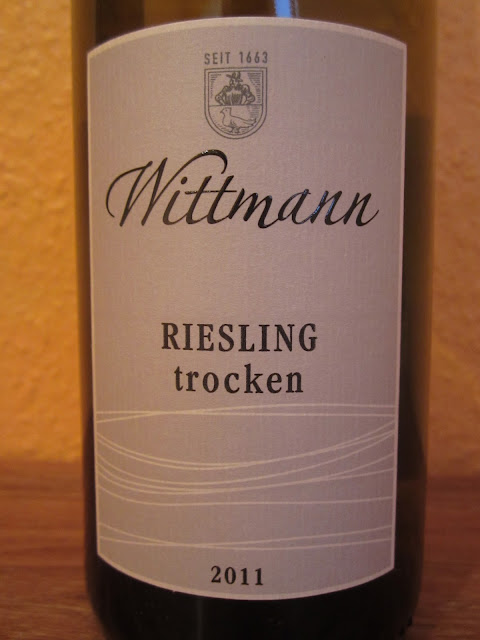Have I mentioned I love Germany?! There are so many things to enjoy here and I’m especially enjoying the German culture and food. I’m even learning to cook some of the German ‘staples’ from oma herself. Oma means grandmother in German. My friend is working at another winery in the Pfalz and living with the family's oma. This woman is amazing! Not only does she cook every meal for him, she also does his laundry, makes his bed and bakes goodies, bretzels being one of them and one of my favorites! I told him he needs to propose before I do ;)
Thanks to my broken German skills and trusty English-German dictionary, I learned how to ask Oma Marianne to teach me to make bretzels in German because she doesn’t speak a word of English. So last weekend, the lovely oma taught me how to make real German bretzels! [There is no mistake in spelling, bretzels is the German spelling for pretzels and don’t ask me why]
And below is oma's recipe...
First you start with 1000 grams of flour, 2 spoons of salt,
2 spoons of sugar and a dash of muskatnuss, which I later found out is
nutmeg…thank you Google Translate!
In a separate pot, stir in a tab of yeast into a ½ liter of warm milk. Then mix into the flour to make the dough. Let the dough sit and rise for 30 minutes. Next, portion the dough in half.
It’s very common in Germany to use the basic bretzel as the base and
then add different toppings, such as cheese and speck. Oma prefers käse breztels, cheese pretzels, so
that’s what we made. She’s the boss! So roll half the dough into a thick 1-1/2 inch strand and cut into individual
pieces about 3 inches long. Then cut small grooves into each piece to give texture for the
cheese, I mean käse, to adhere.
Boil 3 liters water with 3 spoons of table salt and then
bring to a light simmer
Allow each piece of breztel to simmer for 30 seconds
Remove and place on a baking sheet
Top generously with cheese and bake for 20 minutes at 180 degrees Celsius [350 Fahrenheit]
Now I wondered why we only used half of the dough? The other half is for the 'regular' pretzels we all are familiar with. You'll see :)
Take the other half of dough and roll individual pieces into a long, thin string about 2-1/2 feet long and form into a pretzel
It's a bit blurry but let Oma show you how it’s done!
Repeat the process above and simmer each form for 30
seconds
Place on a baking pan, top with sea salt and bake for 20 minutes























































